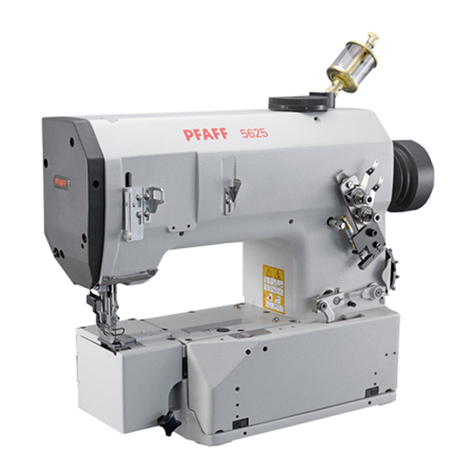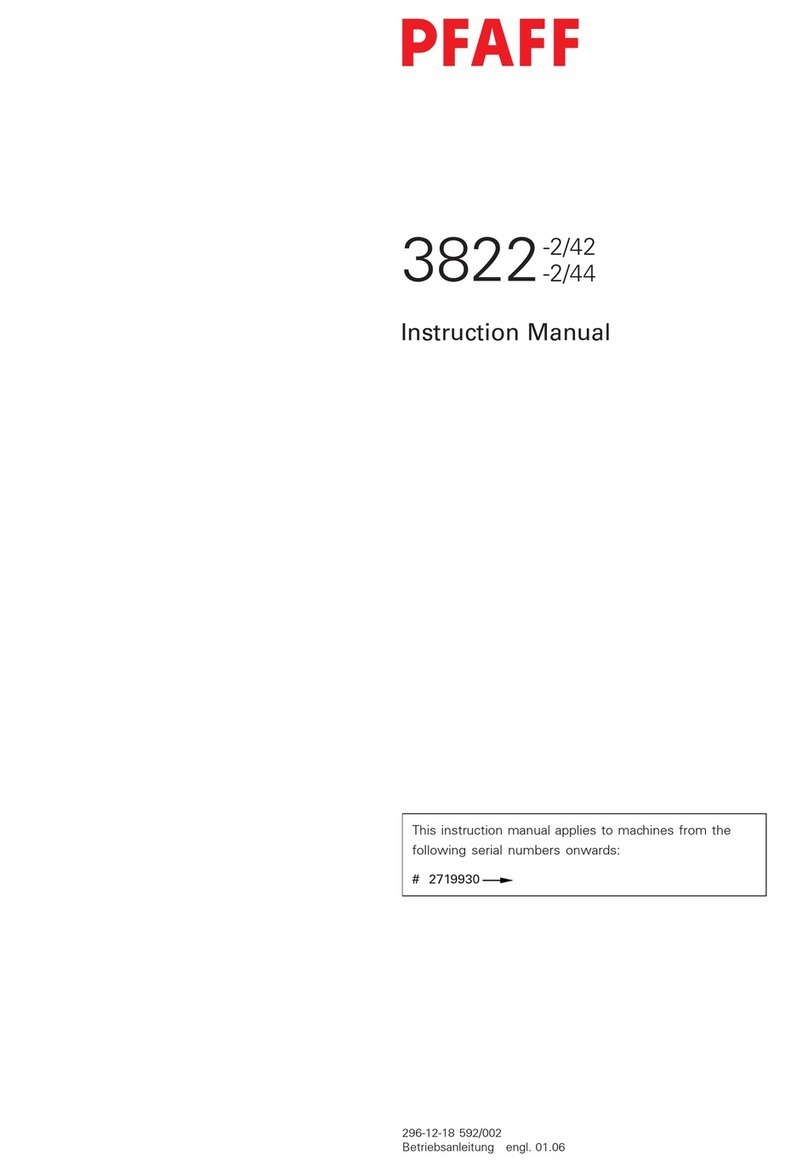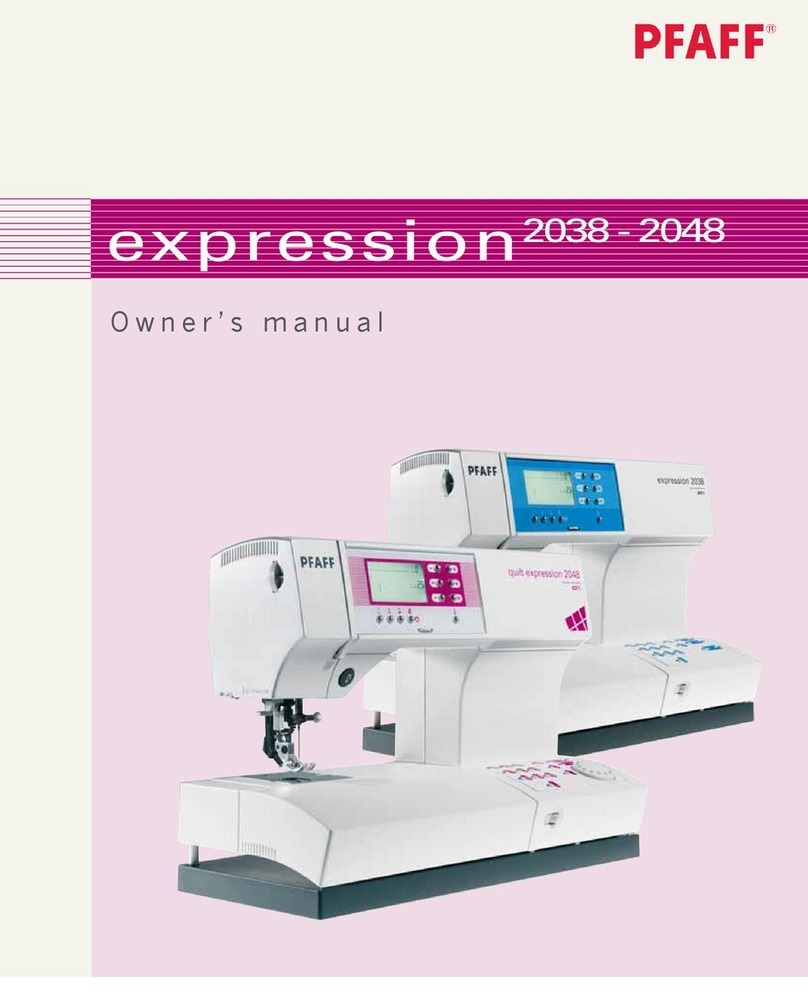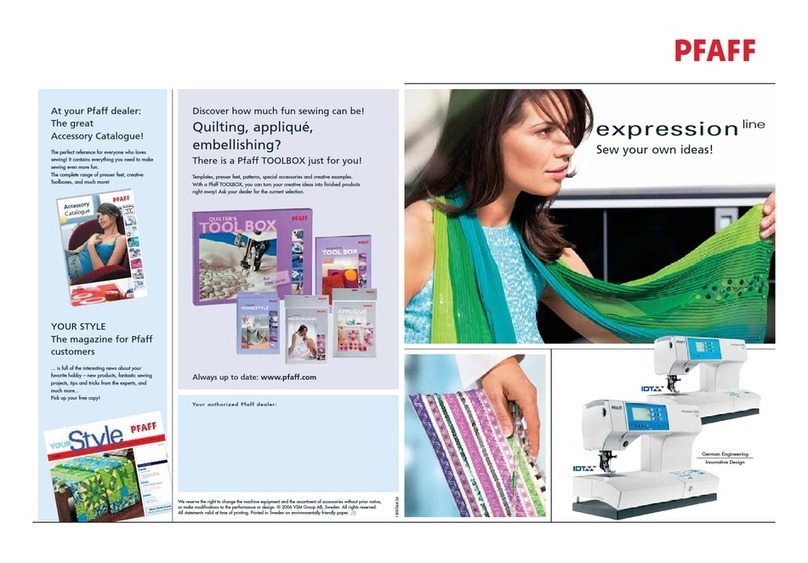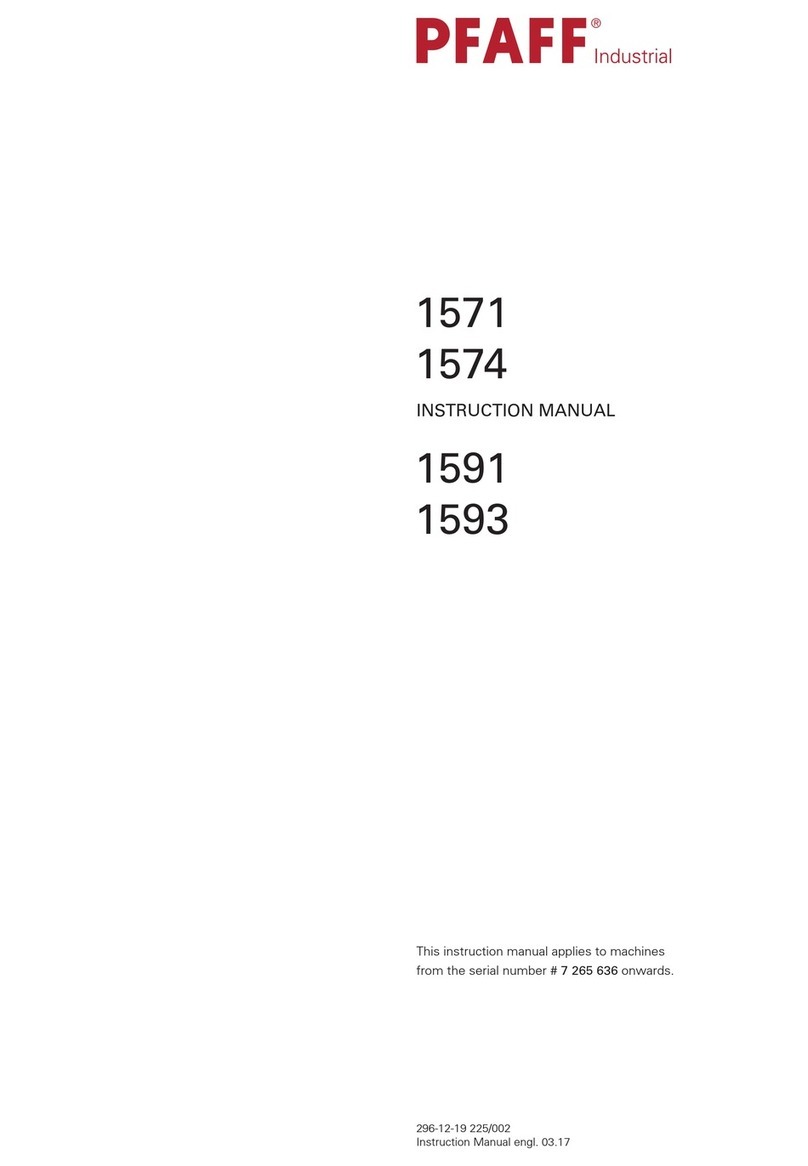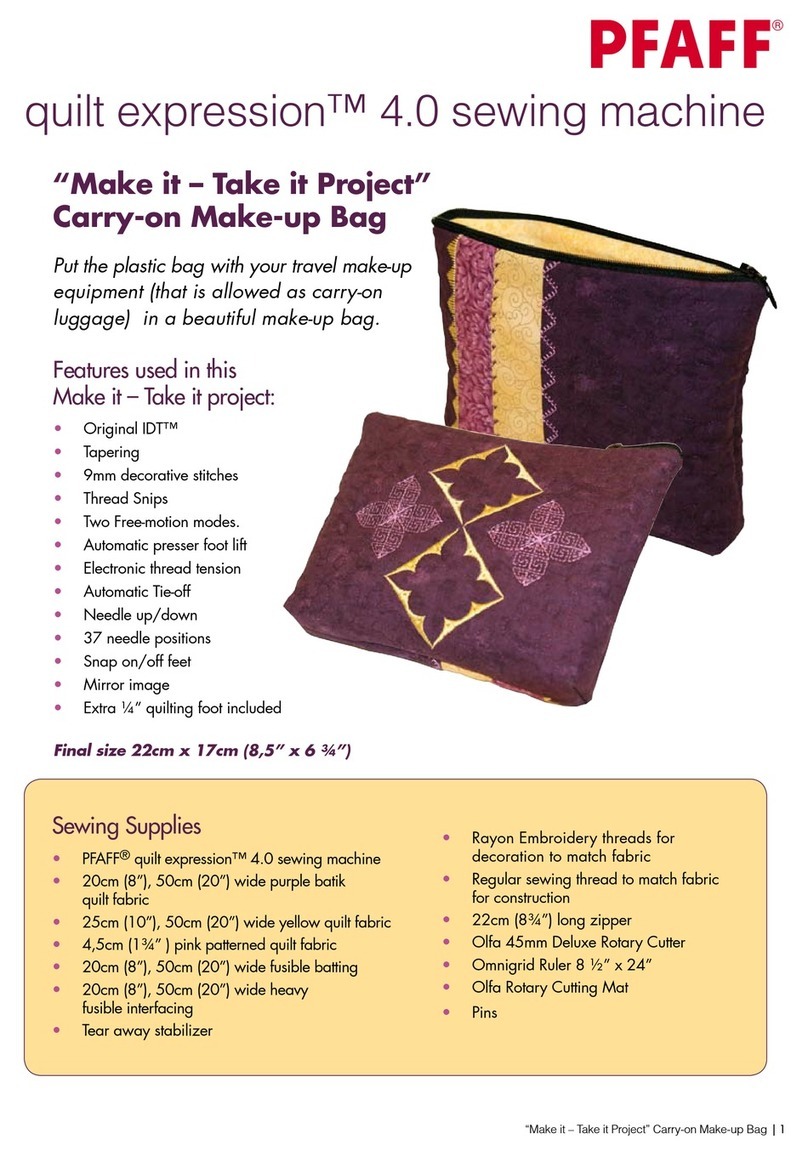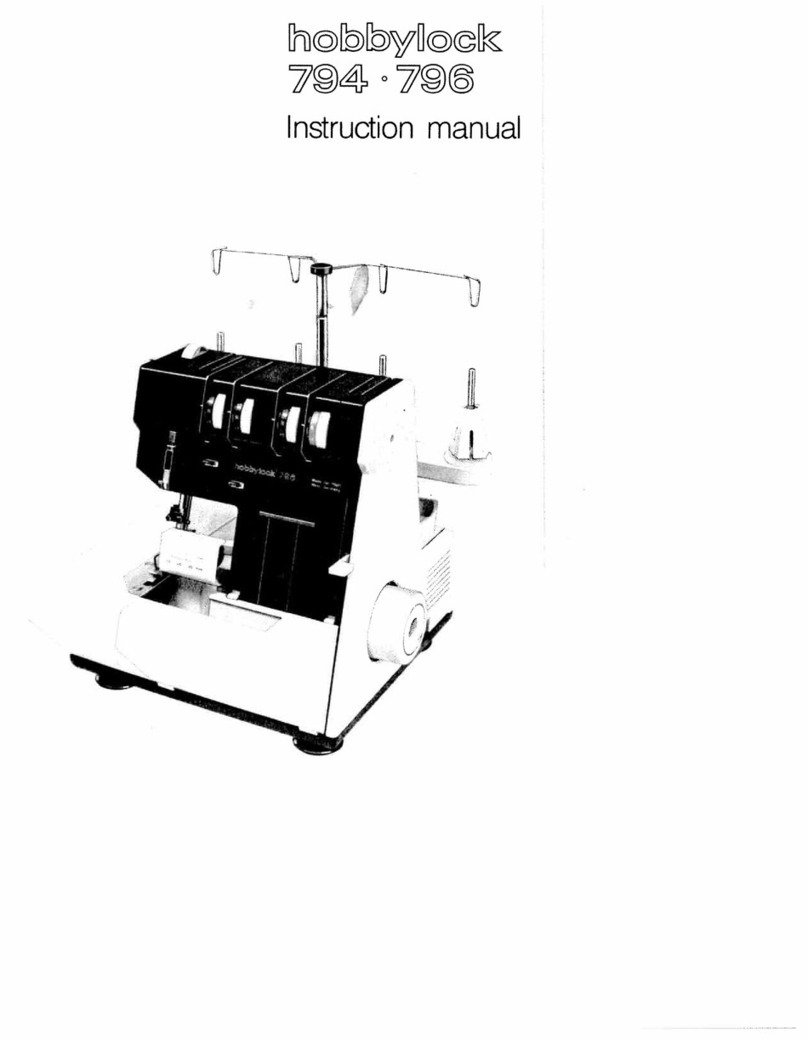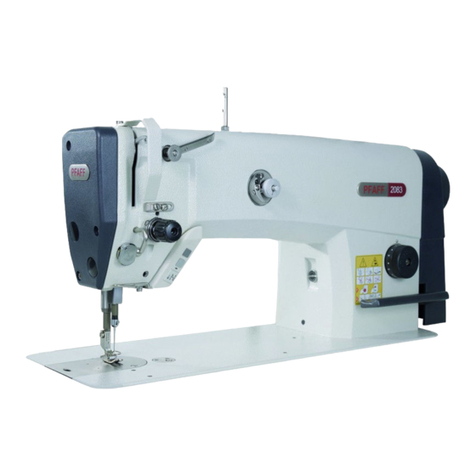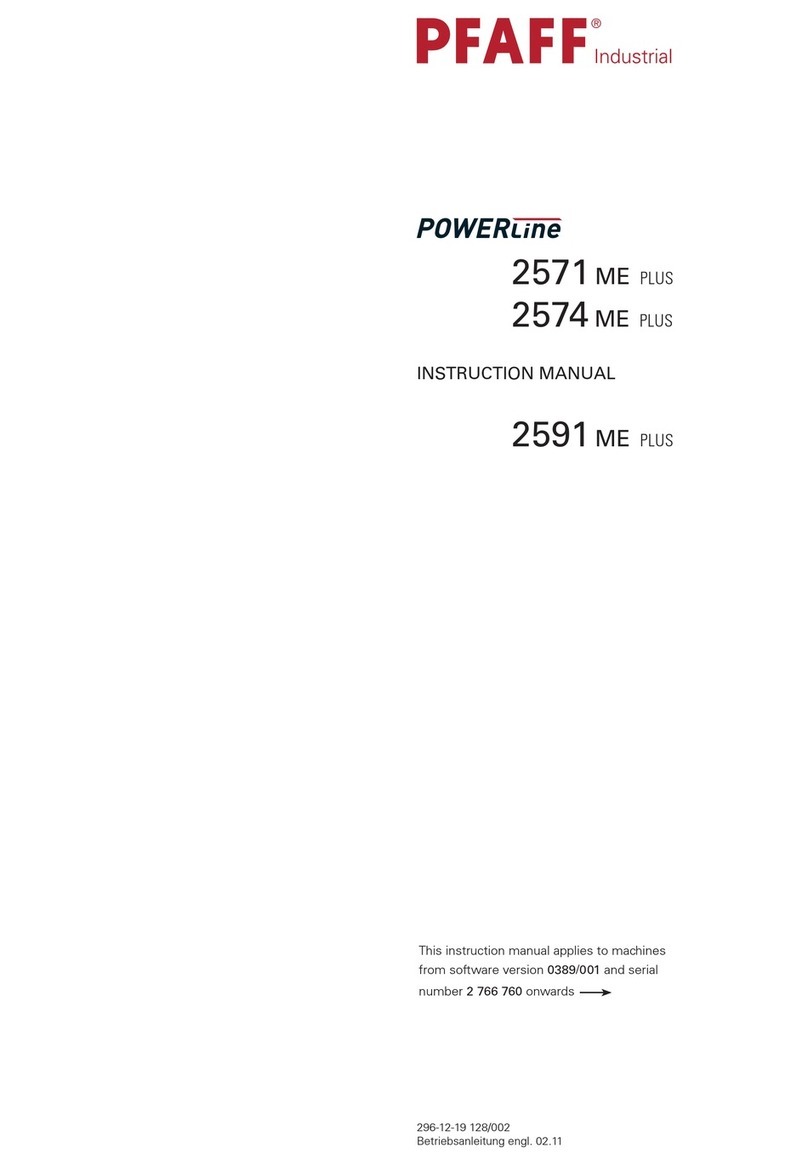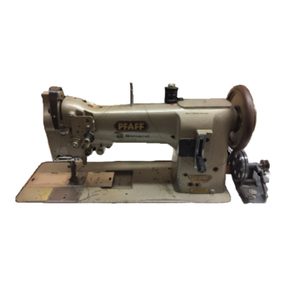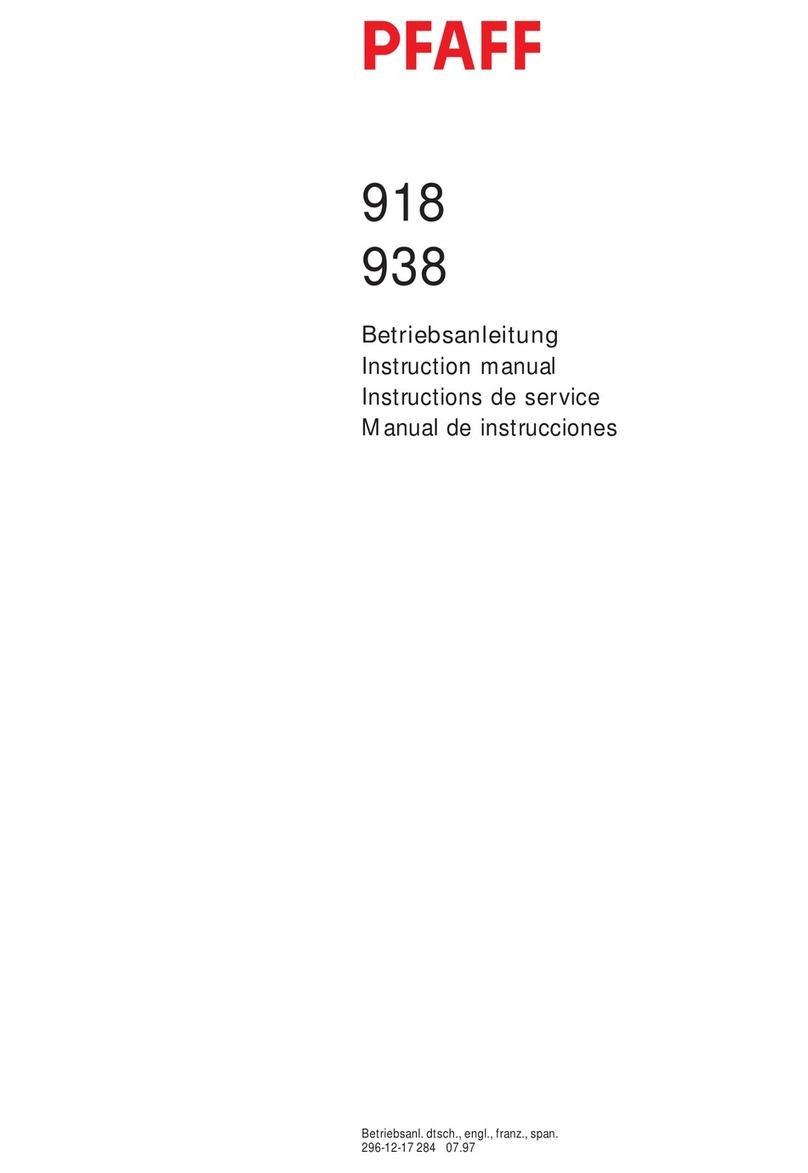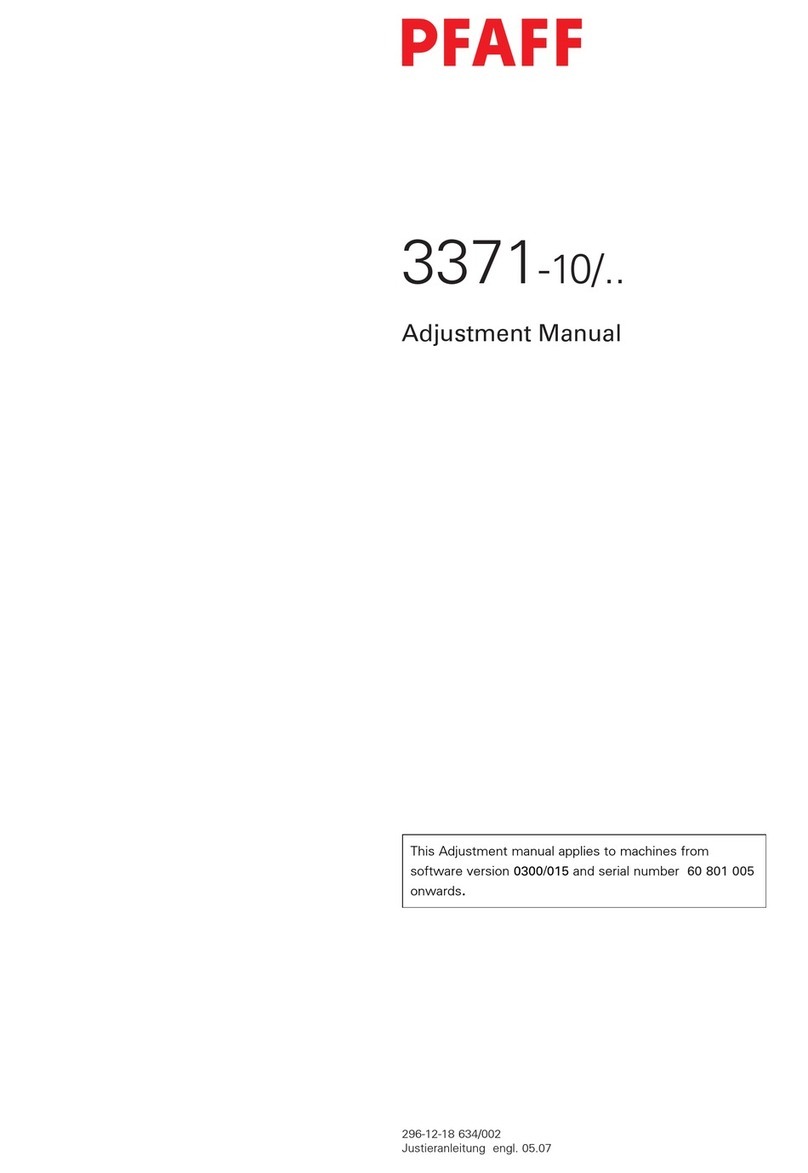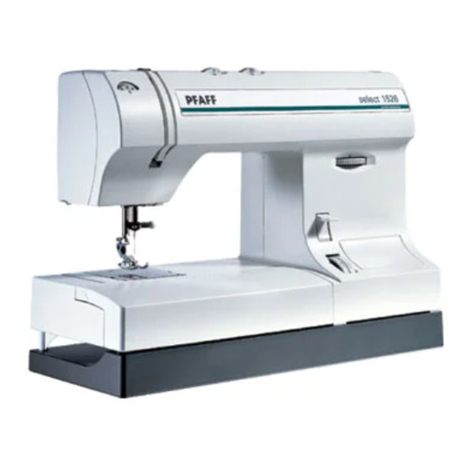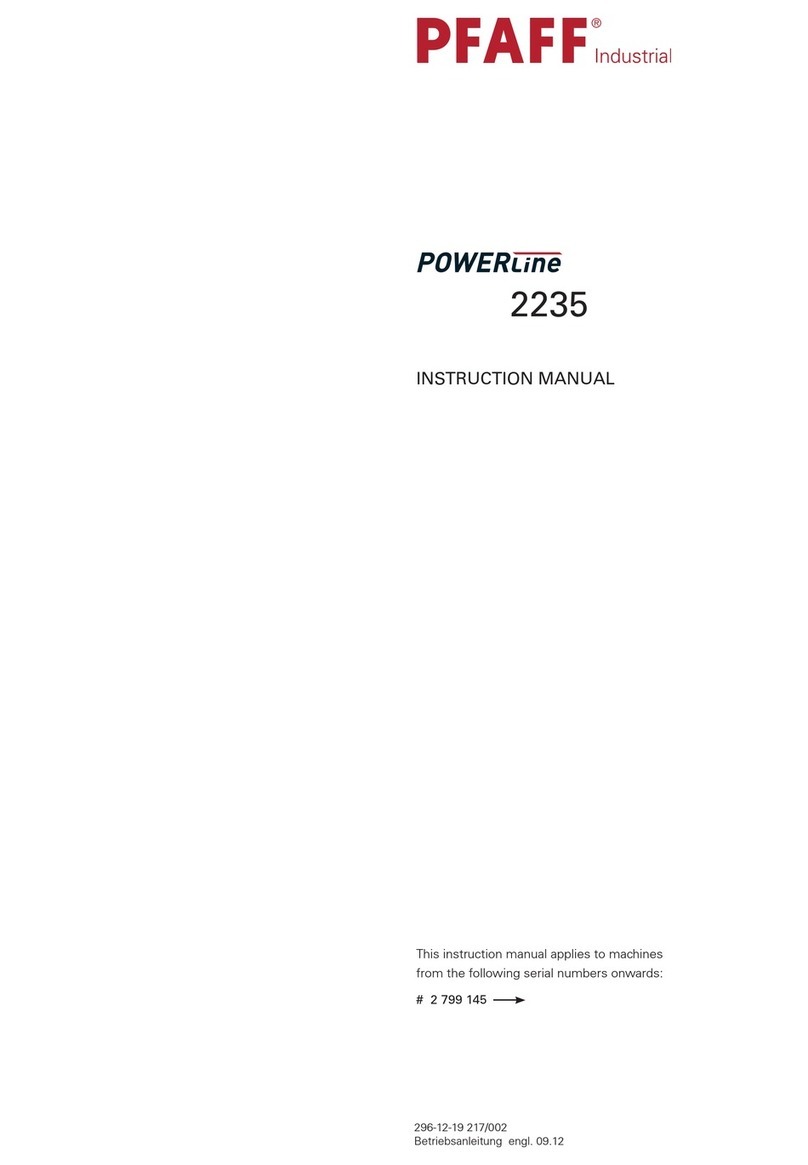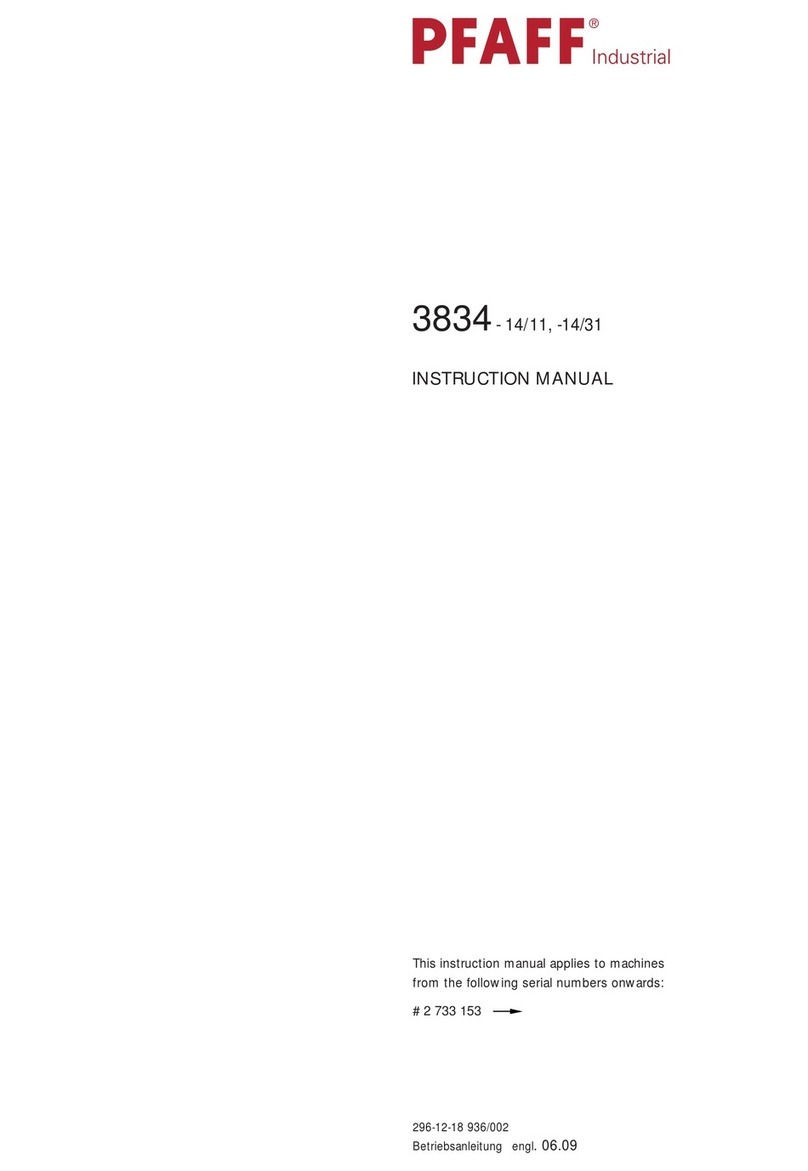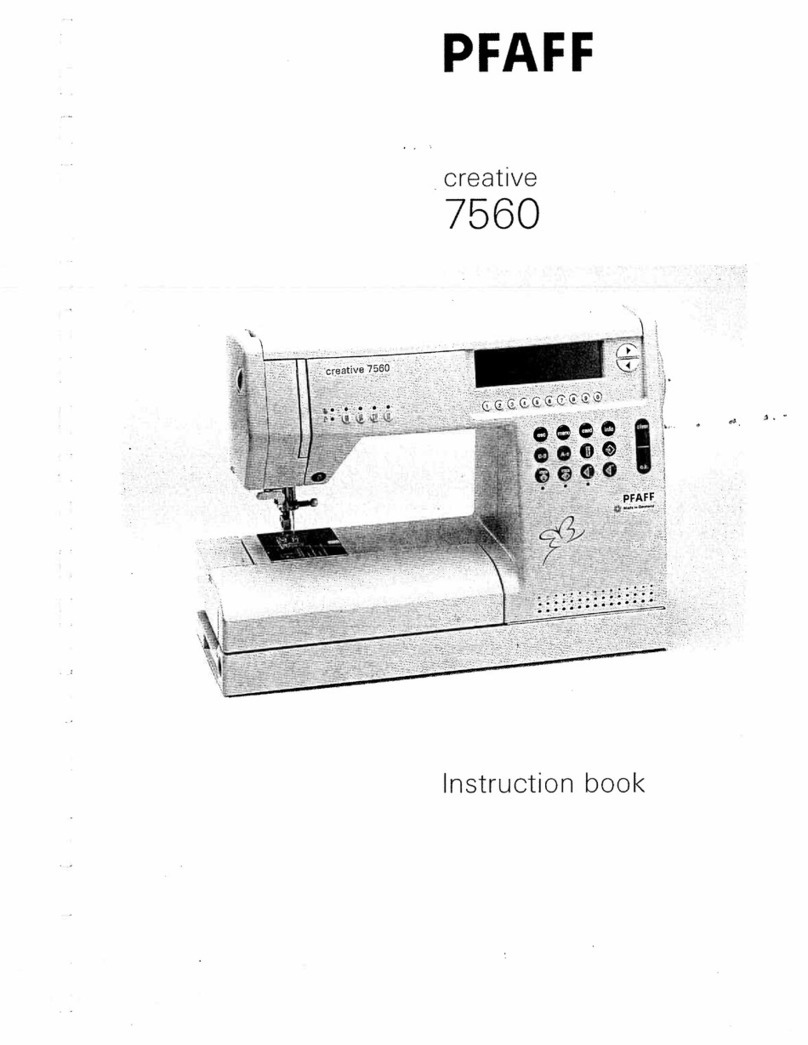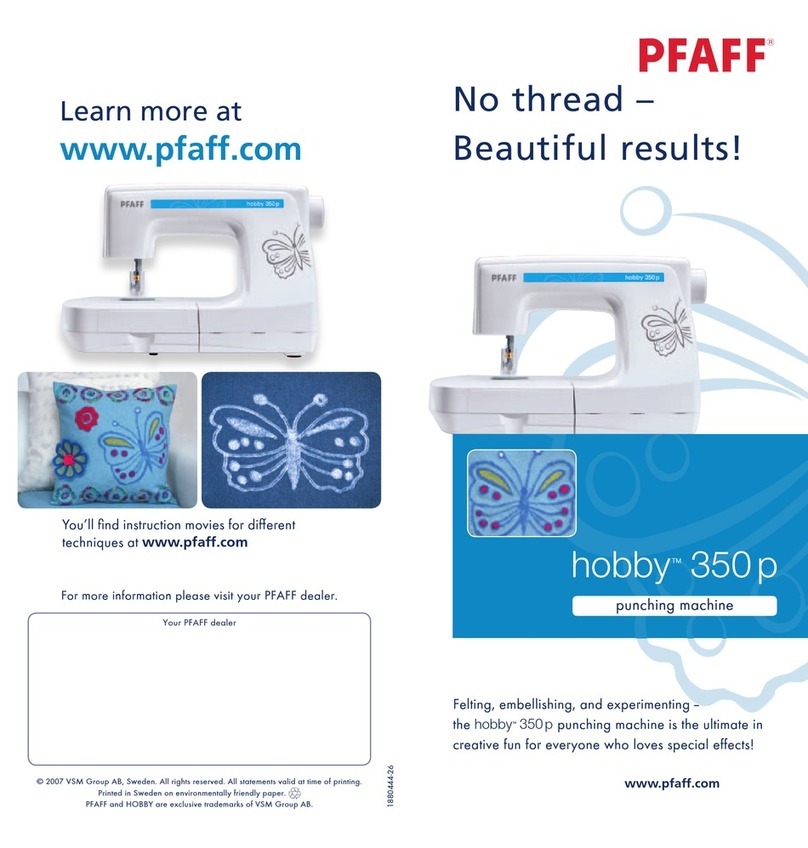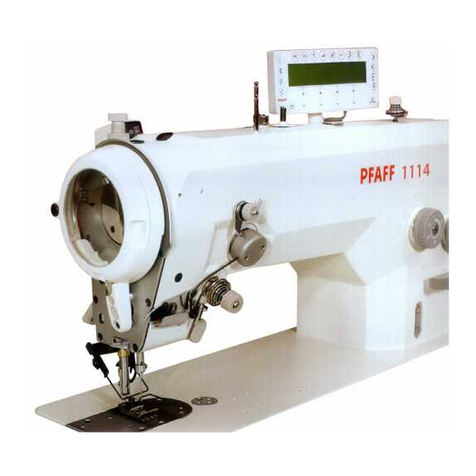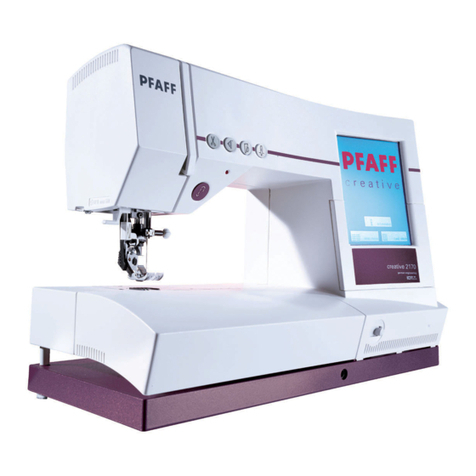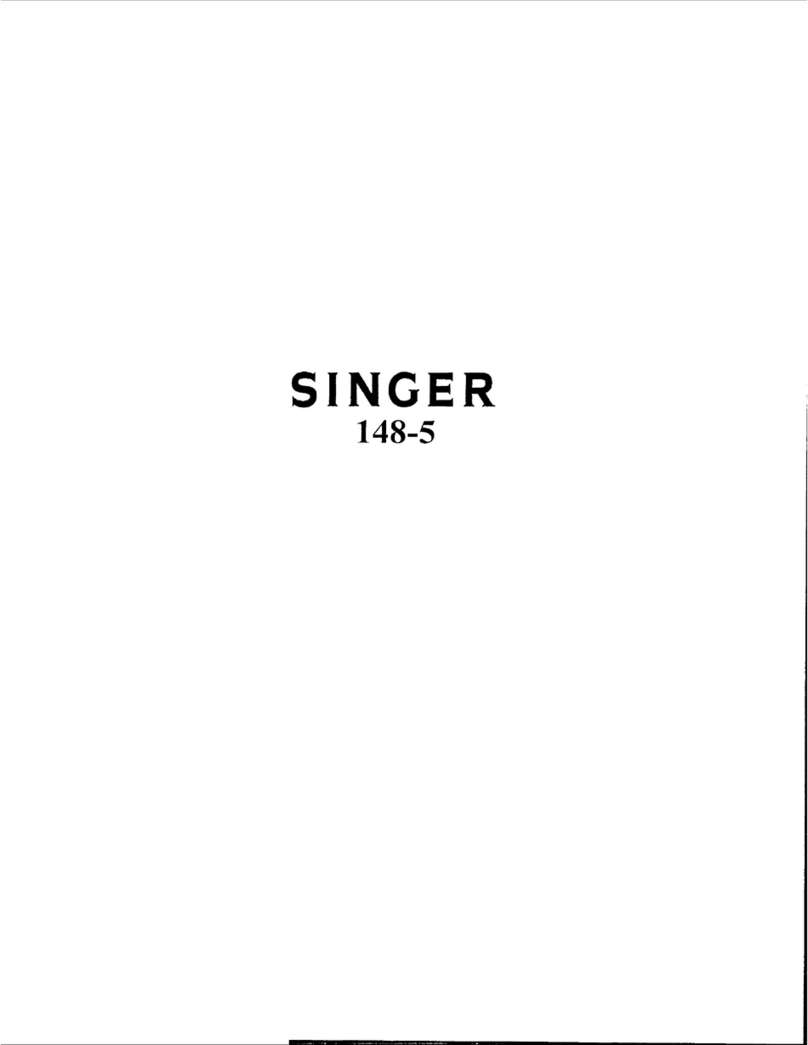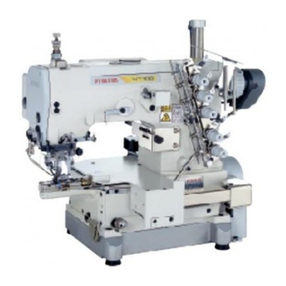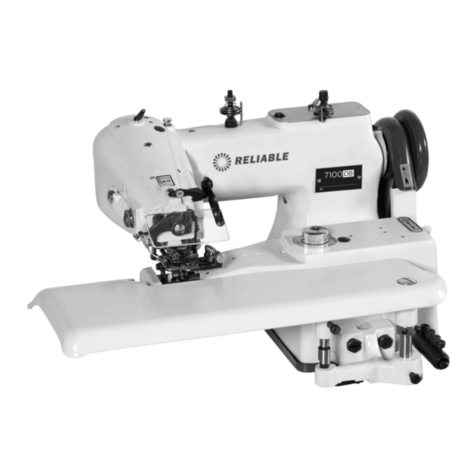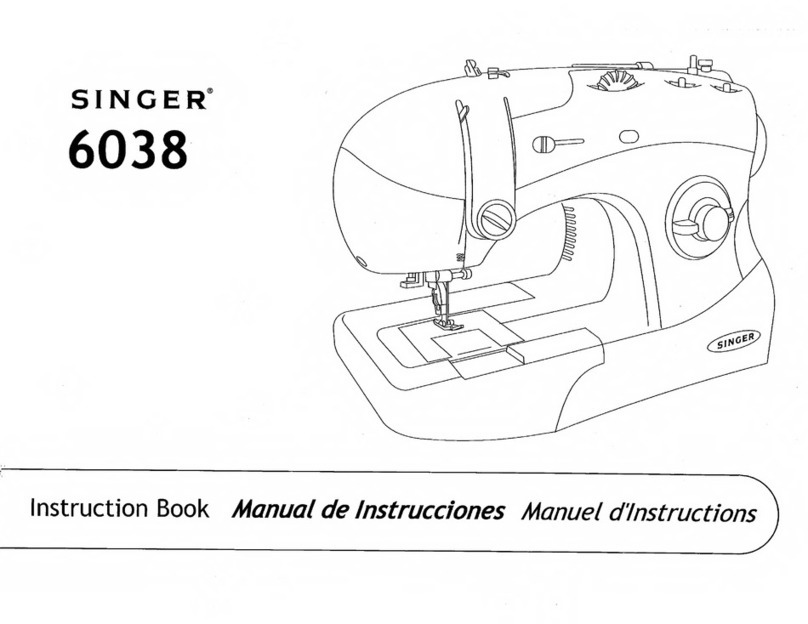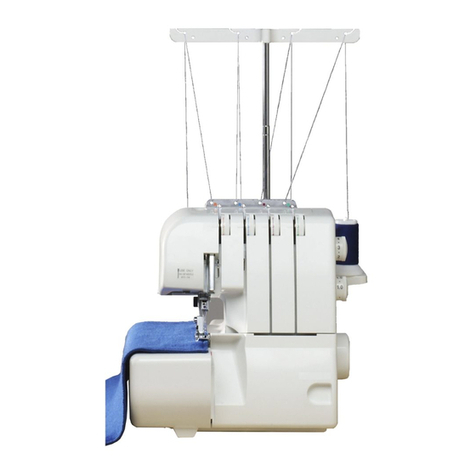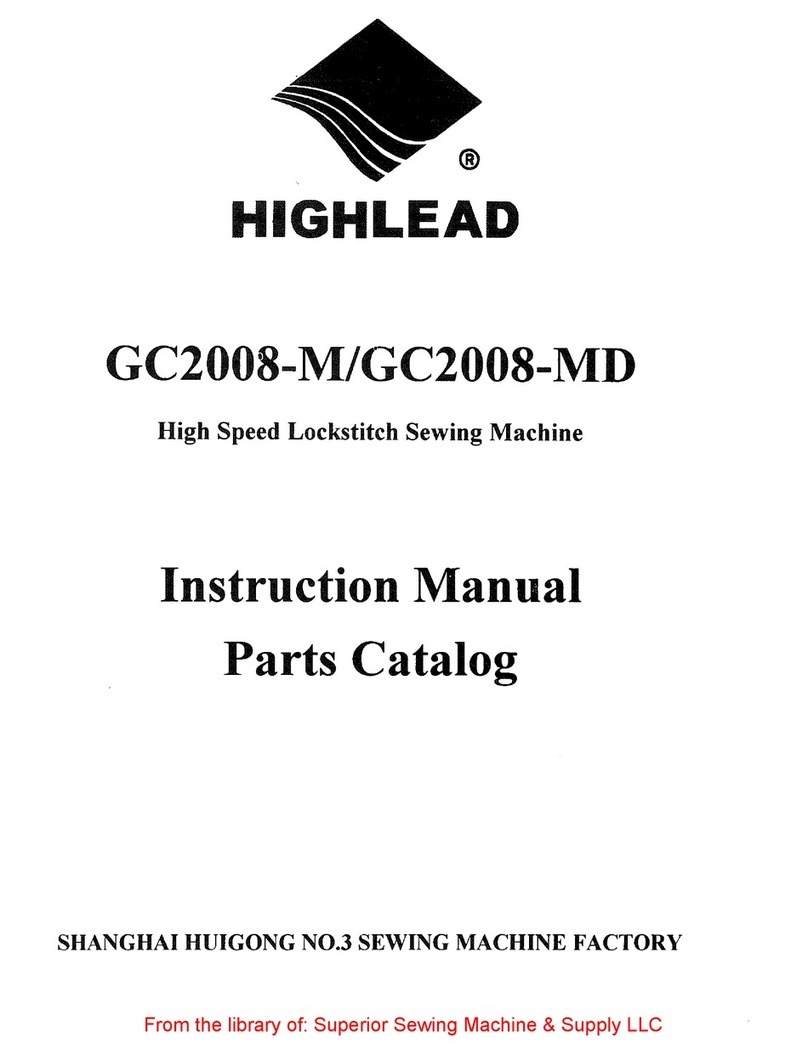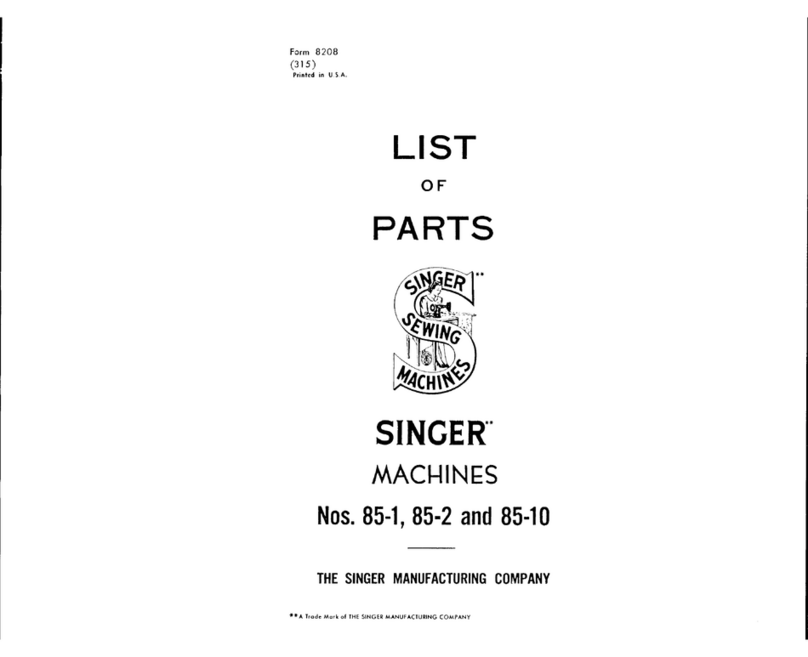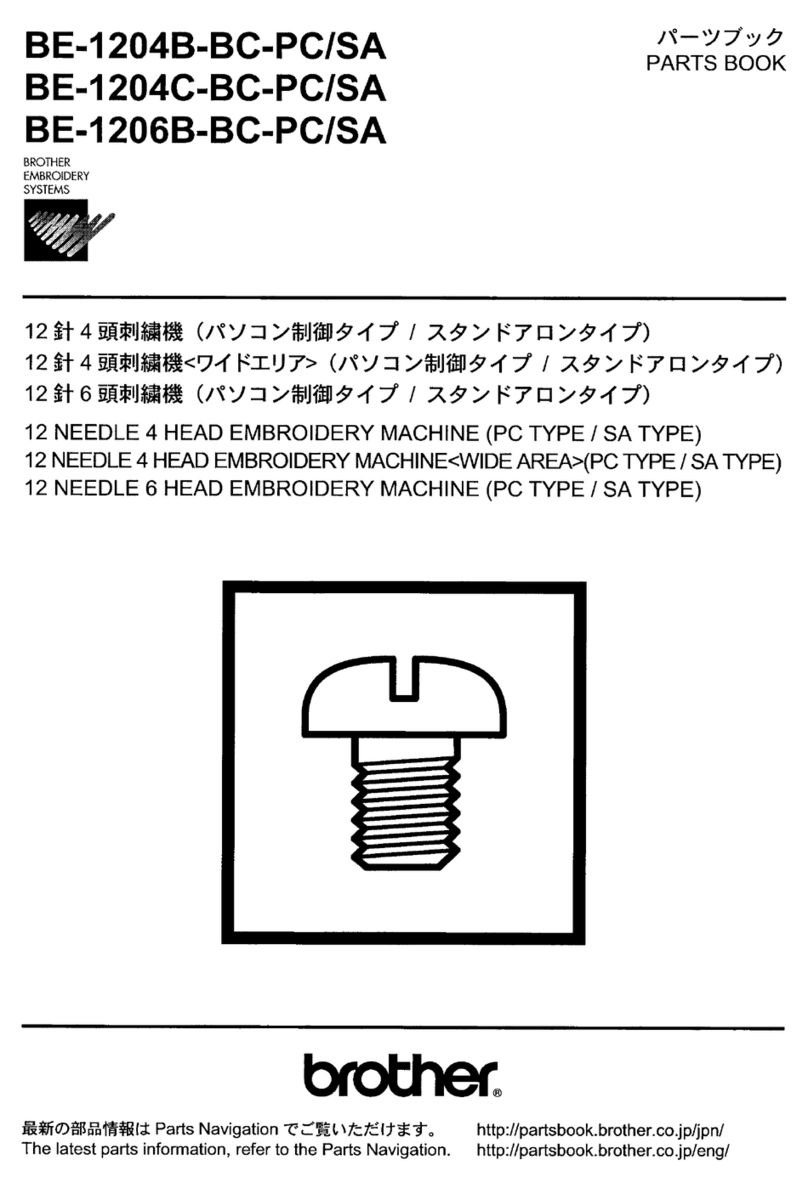
Table of Contents
Contents ..................................................................................Page
1Safety .................................................................................................................................... 5
1.01 Directives............................................................................................................................... 5
1.02 General safety instructions .................................................................................................... 5
1.03 Safety symbols ...................................................................................................................... 6
1.04 Special points of attention for the owner-operator................................................................. 6
1.05 Operating personnel and technical staff ................................................................................ 7
1.05.01 Operating personnel .............................................................................................................. 7
1.05.02 Technical staff ........................................................................................................................ 7
1.06 Danger warnings.................................................................................................................... 8
2Proper Use............................................................................................................................ 9
3Technical Data.................................................................................................................... 10
3.01 PFAFF 1243.......................................................................................................................... 10
3.02 PFAFF 1244.......................................................................................................................... 11
4Disposal of the Machine.................................................................................................... 12
5Transport, Packaging and Storage ................................................................................... 13
5.01 Transport to the customer’s premises ................................................................................. 13
5.02 Transport within the customer’s premises........................................................................... 13
5.03 Disposal of the packaging materials .................................................................................... 13
5.04 Storage ................................................................................................................................ 13
6Work Symbols.................................................................................................................... 14
7Operating Controls ............................................................................................................15
7.01 Main switch ......................................................................................................................... 15
7.02 Buttons on the machine head (only in machines with backtacking system -911/..).............. 15
7.03 Treadle ................................................................................................................................. 16
7.04 Hand lever to raise the roller presser................................................................................... 16
7.05 Lever for stitch length regulation and reverse sewing ......................................................... 17
(In machines without backtacking system -911/..)................................................. 17
7.06 Lever for stitch length regulation (in machines with backtacking system -911/..).................. 17
7.07 Knee lever (in machines without backtacking system -911/..) .............................................. 18
7.08 Control panel (only in machines with P40 CD)..................................................................... 18
8Set-up and Initial Commissioning .................................................................................... 19
8.01 Set-up .................................................................................................................................. 19
8.01.01 Setting the table height........................................................................................................ 19
8.01.02 Inserting the sewing machine into the stand....................................................................... 20
8.01.04 Tensioning the V-belt ............................................................................................................ 21
8.01.06 Assembling the upper V-belt guard ...................................................................................... 22
8.01.07 Mounting the synchroniser .................................................................................................. 23
8.01.08 Assembling the anti-tipping device ......................................................................................23
